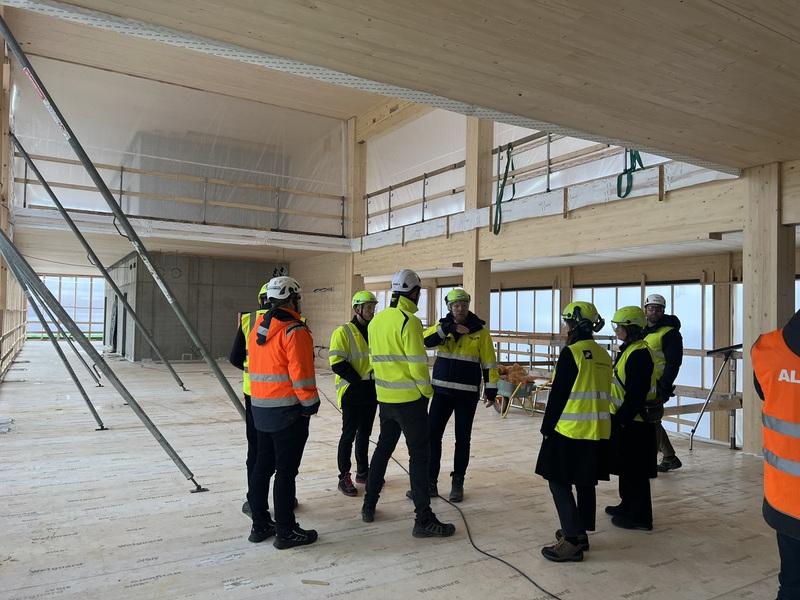Within the European Union, there are regulative differences in the construction sector i.e., variations in laws, regulations, and building codes among the individual countries. These differences arise due to the principle of subsidiarity, where decisions and regulations are made at the most appropriate level, either at the EU level or by individual member states. As a result, construction regulations can vary significantly from one member state to another. Construction products are regulated at the EU level through the Construction Products Regulation (CPR) while buildings and constructions are regulated at the member state level.
Construction Products Regulation (CPR)
There isn’t a single point of entry to access all building regulations for each member state in the European Union. This is because each member state has its own specific set of building codes and regulations, which are often available through their respective national government websites or through their relevant departments or ministries.
However, the Construction Products Regulation (CPR) sets harmonized rules for marketing of construction products in the EU. The CPR is intended to ensure that reliable performance-related data is made available, by means of a “Declaration of Performance” for any construction product covered by a harmonized technical specification.
National building codes
For specific national building codes, it’s best to visit the respective government websites or contact the relevant authorities of the specific EU member state. It’s also worth noting that many EU countries have their building regulations available in English, in addition to their national languages.
As part of Build-in-Wood, an overview of member state regulation with links to updated member state requirements, e.g. national annexes and guidelines used to fulfill member state requirements, was created.


